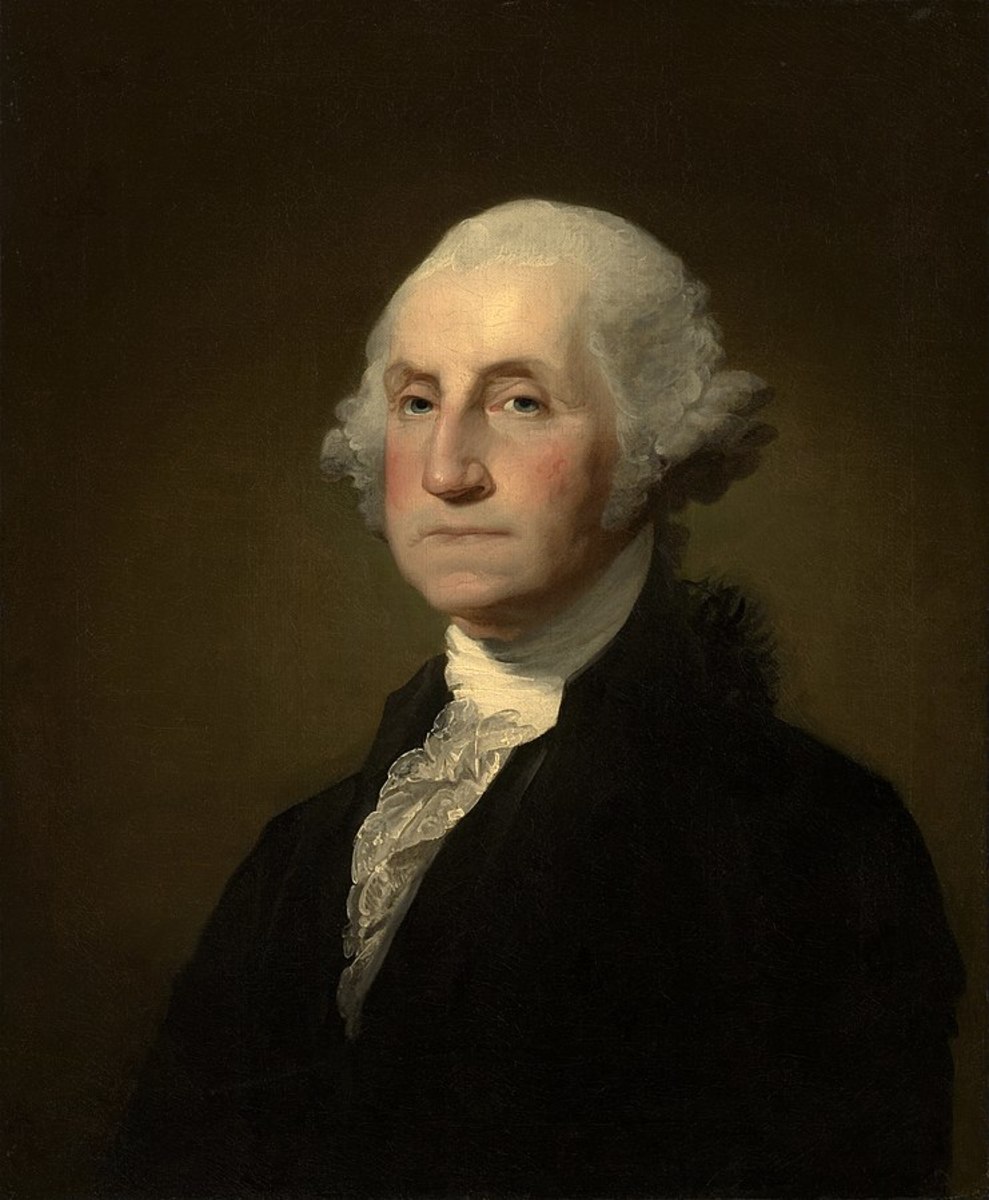Understanding the Impact of a Convention of States
Our Constitution is a living document and the original content has been amended 27 times in over 200 years. A little known fact engrained in the Constitution is that a Convention of States can change the Constitution by agreeing on issues which they feel should be included in the Constitution. It is a process that has not been invoked in the history of our country but our founders had not only the courage but the intelligence to give power to the states to change the Constitution. The language of Article V of the Constitution is provided below:
“Congress, whenever two thirds of both Houses shall deem it necessary, shall propose Amendments to this Constitution, or, on the Application of the Legislatures of two thirds of the several States, shall call a Convention for proposing Amendments, which, in either Case, shall be valid to all Intents and Purposes, as part of this Constitution, when ratified by the Legislatures of three fourths of the several States, or by Conventions in three fourths thereof, as the one or the other Mode of Ratification may be proposed by the Congress; Provided that no Amendment which may be made prior to the Year One thousand eight hundred and eight shall in any Manner affect the first and fourth Clauses in the Ninth Section of the first Article; and that no State, without its Consent, shall be deprived of its equal Suffrage in the Senate.”
Recent information appears to reflect that the number required for a convention of states has been achieved. If this information is accurate it is the result of not only the voters being tired of the present political culture in Congress but state legislatures. Changing the Constitution is not easy and consists of only two options. One is the option of Congress proposing an amendment with a specific percentage of both houses agreeing on a proposed amendment. It then must be ratified by ¾ of the states. The second option is under the provision of Article V which is the topic of this article.
As with anything government it is a difficult task to amend the Constitution. Basically each state must pass a bill called an application which calls for a convention of states for a specific subject matter and each state must have the exact same subject matter in their application. The applications are then delivered to Congress. If these applications meet the criteria of Article V Congress is required to call a convention but if it reasonably fails to do so either the courts or the states can override congressional inaction. The power is totally in the hands of the states not only in calling for a convention but who the delegates to it will be representing each state who filed an application. The delegates are called commissioners and the process for choosing them is left to each state.
States can send any number delegates but they get only one vote. If a state sends 7 delegates for of the seven must agree. If a state sends 5 delegates 3 of the five must agree. All amendments must pass a simple majority and then the amendments are sent back to the states for ratification. A total of 38 states must ratify any amendments to become part of the Constitution. The normal process is Congress creates a proposed amendment and designates the state legislatures as the ratification body but it can choose to call ratifying conventions. When this kind of decision is made delegates must be chosen for the ratifying convention.
It is clear that if a convention of states takes place at this juncture in our country it would be a precedent setting event which would have far reaching impact. It would be a signal that the people are taking back control of the country by their action to do something Congress has been unable or unwilling to do. Just having such a convention may scare Congress into doing something which the people are demanding.
Some say the convention of states process may get out of hand with amendments and to that I say it is difficult to get both houses of Congress to agree on anything. Getting 34 or 37 state legislatures to agree on a single action is a difficult if not impossible. If states agree on the topic of an amendment to the Constitution it may cause a change in the culture of Congress. This kind of action by states associated with inaction or actions in some cases regarding may cause Congress to act on critical issues with resolution rather than putting off making decisions which must be made.







